Inspiration
Japandi: the style that everyone wants at home
Half Scandi and half Japan, the Japandi style is a perfect hybrid for decorating the most minimalist spaces.
At a time when everything relating to the Far East is a trend, this style perfectly combines the warmth of the Scandinavian style with the handcrafted touches of traditional Japan.
Do you think this is the style best representing your essence and your exquisite tastes? If so, read on to find out where this style was born and, above all, how to apply it in your home.
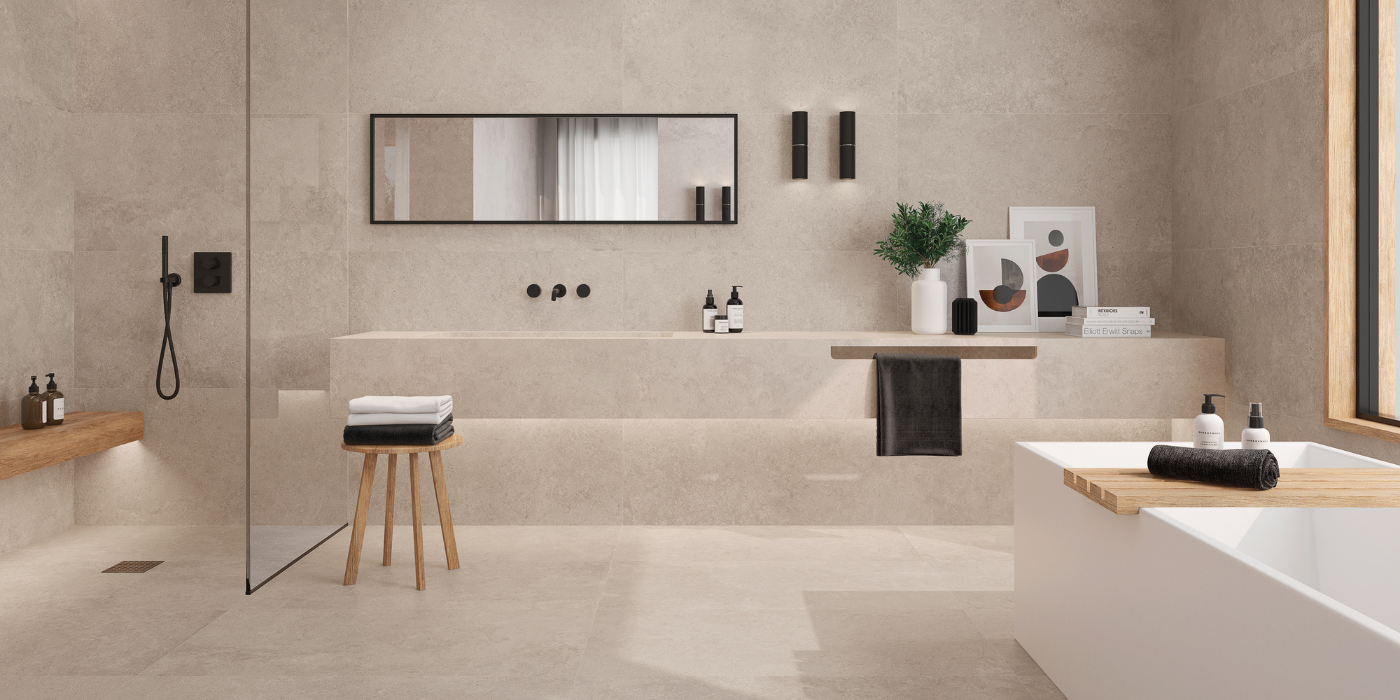
Where was the Japandi style born?
Unlike the minimalist or industrial styles, among others, we do not have to go back very far in time to find the origin of the Japandi style.
Japandi is one of the most fashionable styles of recent years because it perfectly combines the warmth and serenity of the Scandinavian style with the traditional and exotic touch of the Far East.
Minimalism is no longer viewed as cold and has become an option as simple as it is comfortable, where neutral tones and harmony are its greatest cornerstones.
What is conveyed by the Japandi style?
To find out if Japandi decor is for you, you must know what sensations this style conveys.
Indeed, if you are a person who enjoys bright colours and overloaded decor, there will be other trends that better reflect your style.
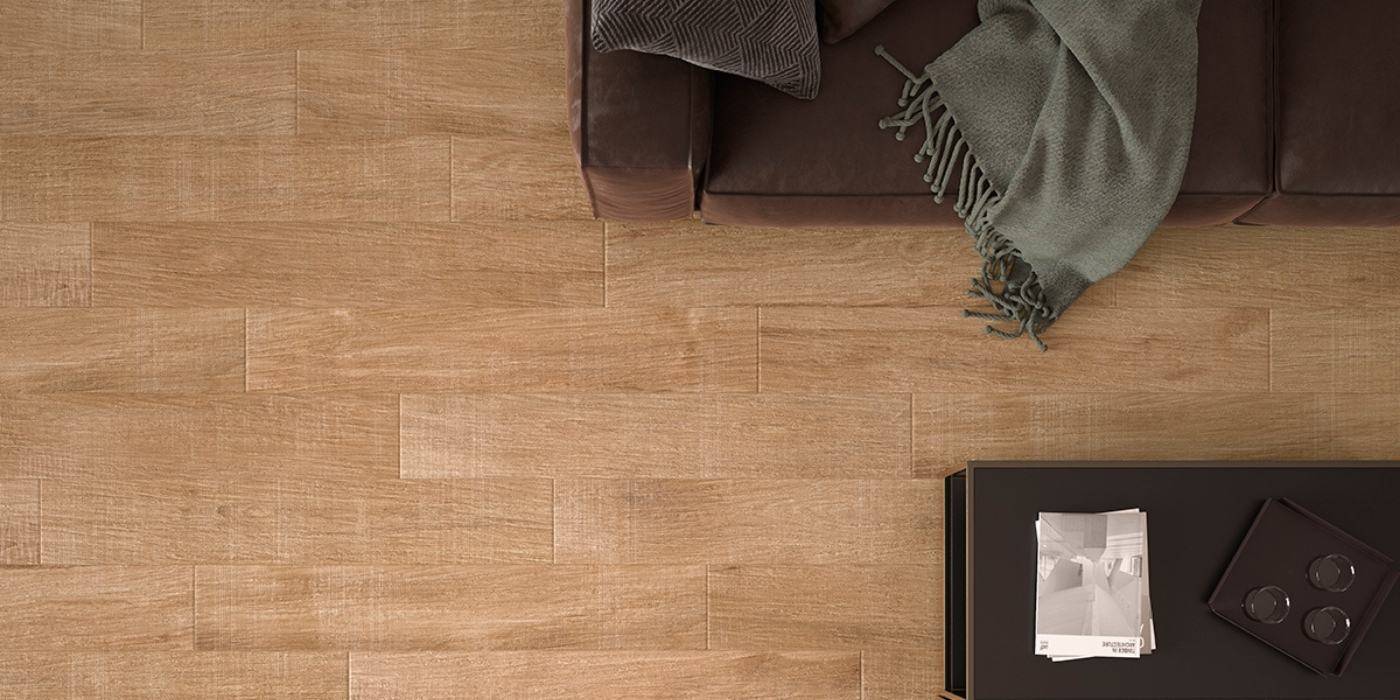
Artwood Natural, Ibero
The Japandi style is very concrete and simple. The atmosphere created in a room decorated in this style is warm, comfortable and calm.
The peace typical of the Zen style is also present here, where the colours, materials and coatings reflect peace, calm and balance.
How to achieve a Japandi style?
If you have decided that the Japandi style is for you, we will tell you how you can apply it to your home’s decor. Take good note of the keys to this style:
1. Lighter woods
The Japandi style avoids an aesthetic and embraces wood in its lighter tones, just like the Scandinavian style does. You can produce a nice contrast by combining your furniture or flooring in light wood tones with other darker specific elements, such as door handles.
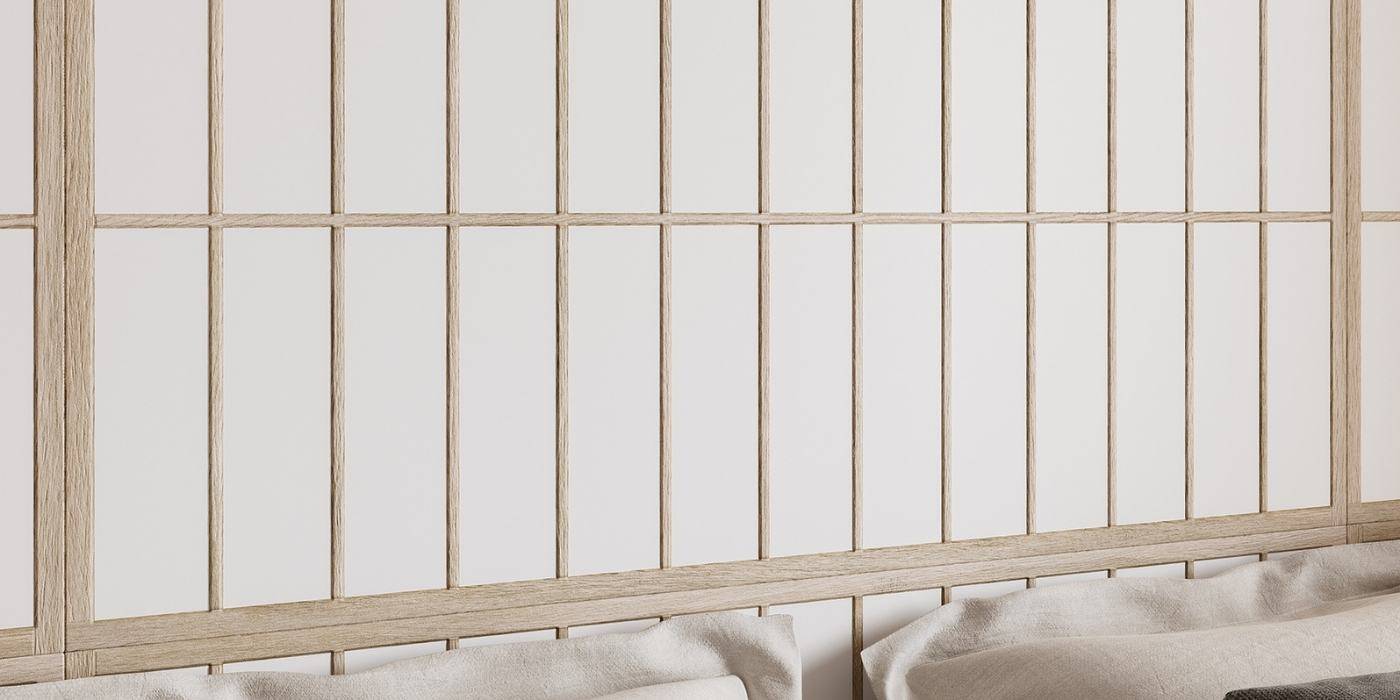
Hikari Art White, Ibero
2. Bring nature to your home with plants and bonsai
If you want to give your Japandi decor a more oriental touch, there is nothing better than incorporating a bonsai on one of the shelves in your living room.
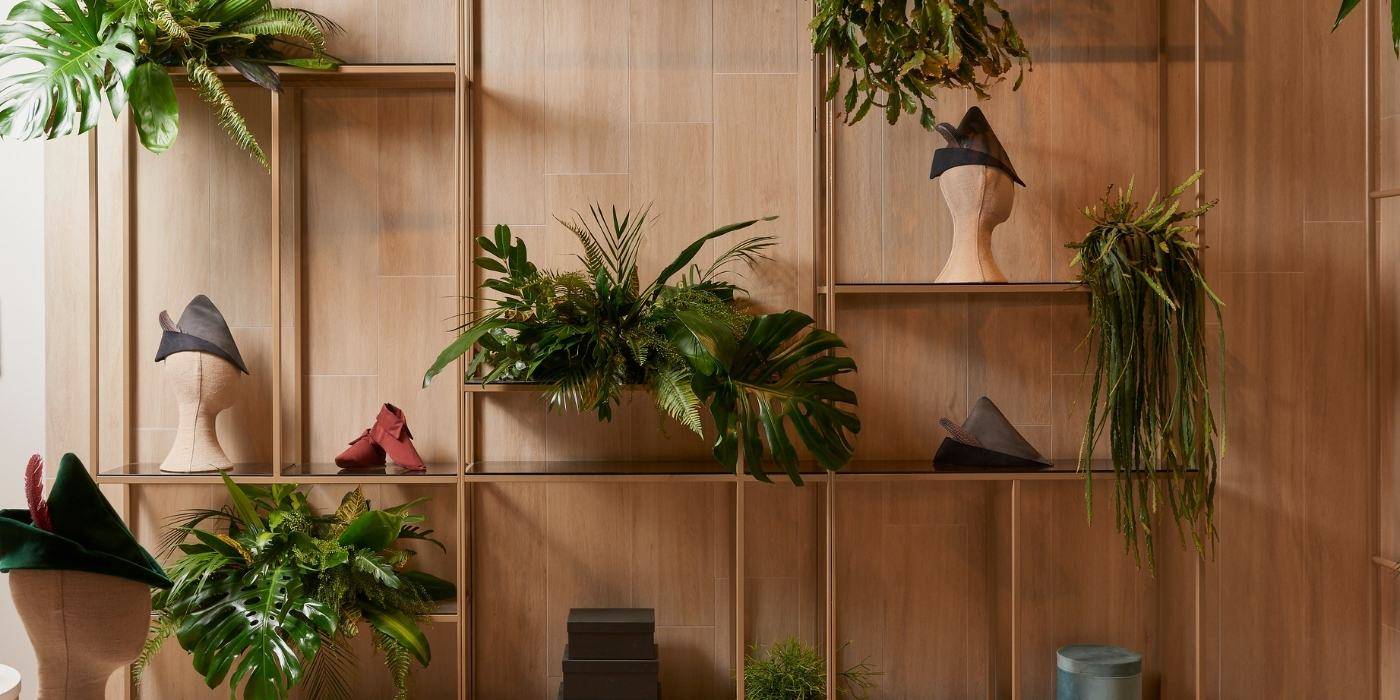
Wewood Roble, Ibero
3. The maxim “less is more.”
This maxim is as important to the Japandi style as it is to any other minimalist style. The fewer items that fill the space, the better. Thus, to maintain order both inside and outside our minds, we need to have as few objects as possible.
Inspired Art White, Metropol
Distribution: the key to this style
If there is one thing that characterises the Japandi style, it is its commitment to wide and open spaces.
In addition to the use of sliding doors, which avoid the use of traditional doors that take up space while they are open, a very useful trick is to opt for small-sized furniture.
Luminosity is another of the key points to visually enlarge the spaces and, thus, contribute to an open, aesthetic layout.
Besides, If the space requires it and the architectural structure allows it, do not hesitate to remove partitions to enhance the openness of the spaces.
To divide the different spaces according to their uses, you can make original use of the furniture. It is also highly recommended to distinguish the different areas using the coatings or the flooring; a technique that will also make the space more dynamic.
Colours in Japandi decor
As for the colours that you should choose to enhance the Japandi style of your home, always opt for palettes of neutral tones. The base of all the decor should be white, beige or very light wood.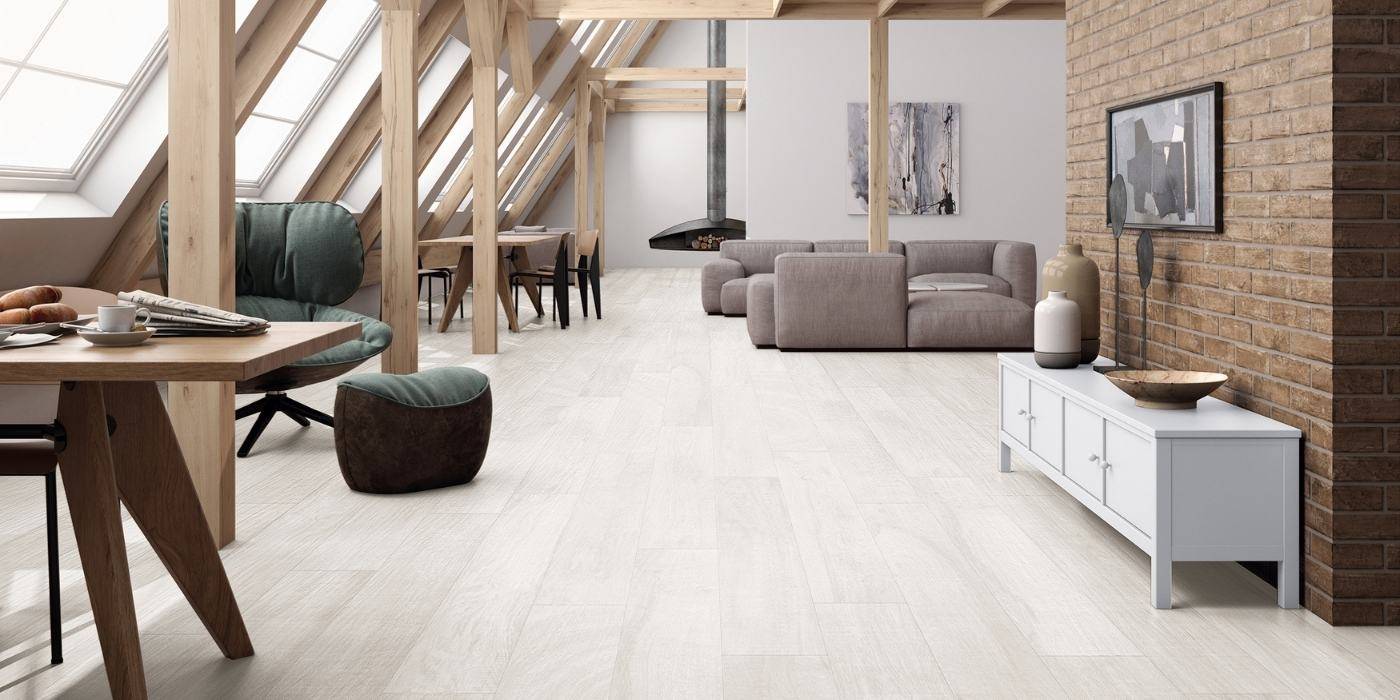
Artwood White, Ibero
But just because the main colour palettes are light does not mean you cannot add contrast by using other darker or more vibrant shades.
The Japandi style has a lot to offer your home: warmth, visual cleanliness and spaciousness. The main key to this style is for you to make it your own.







